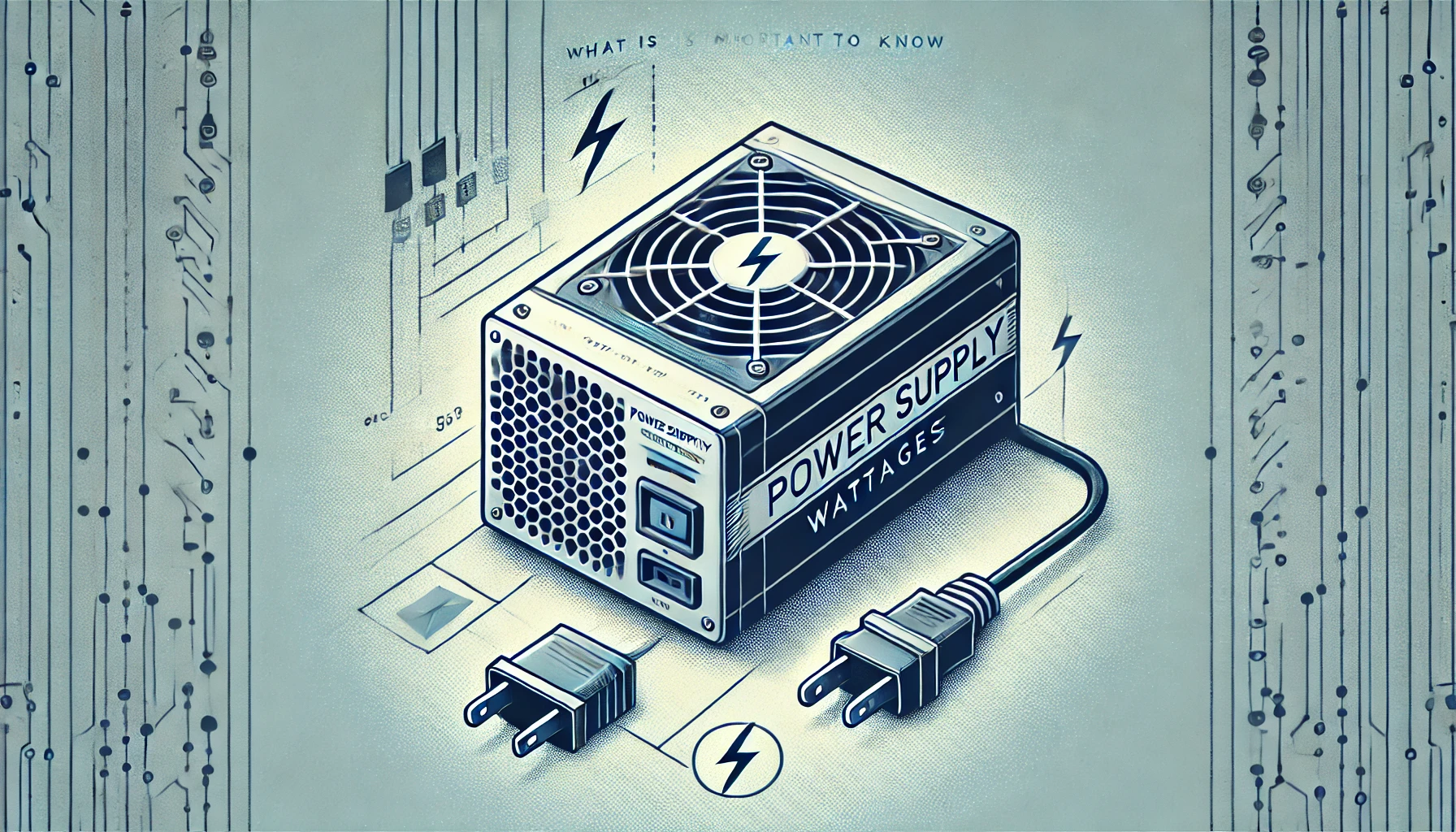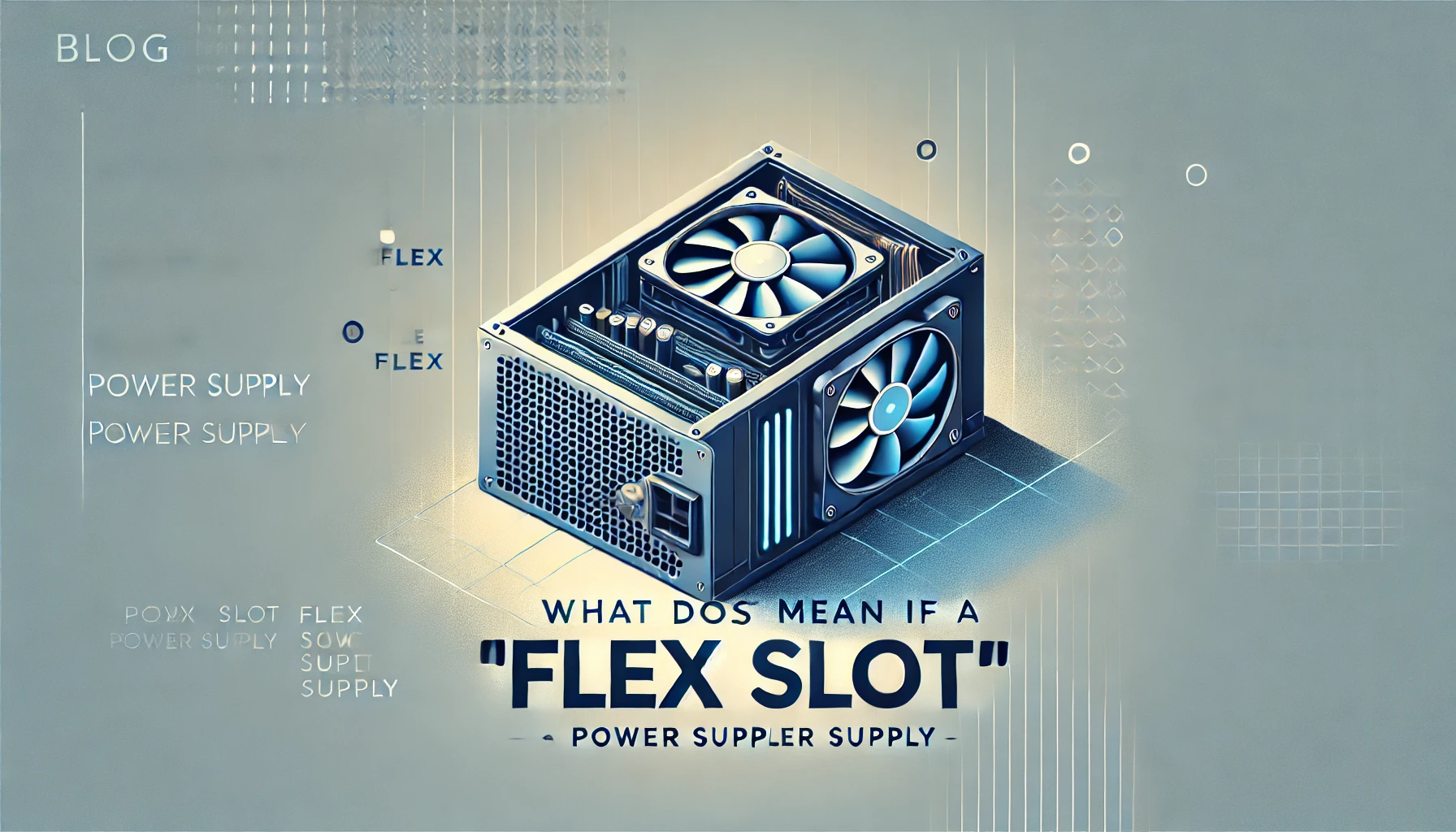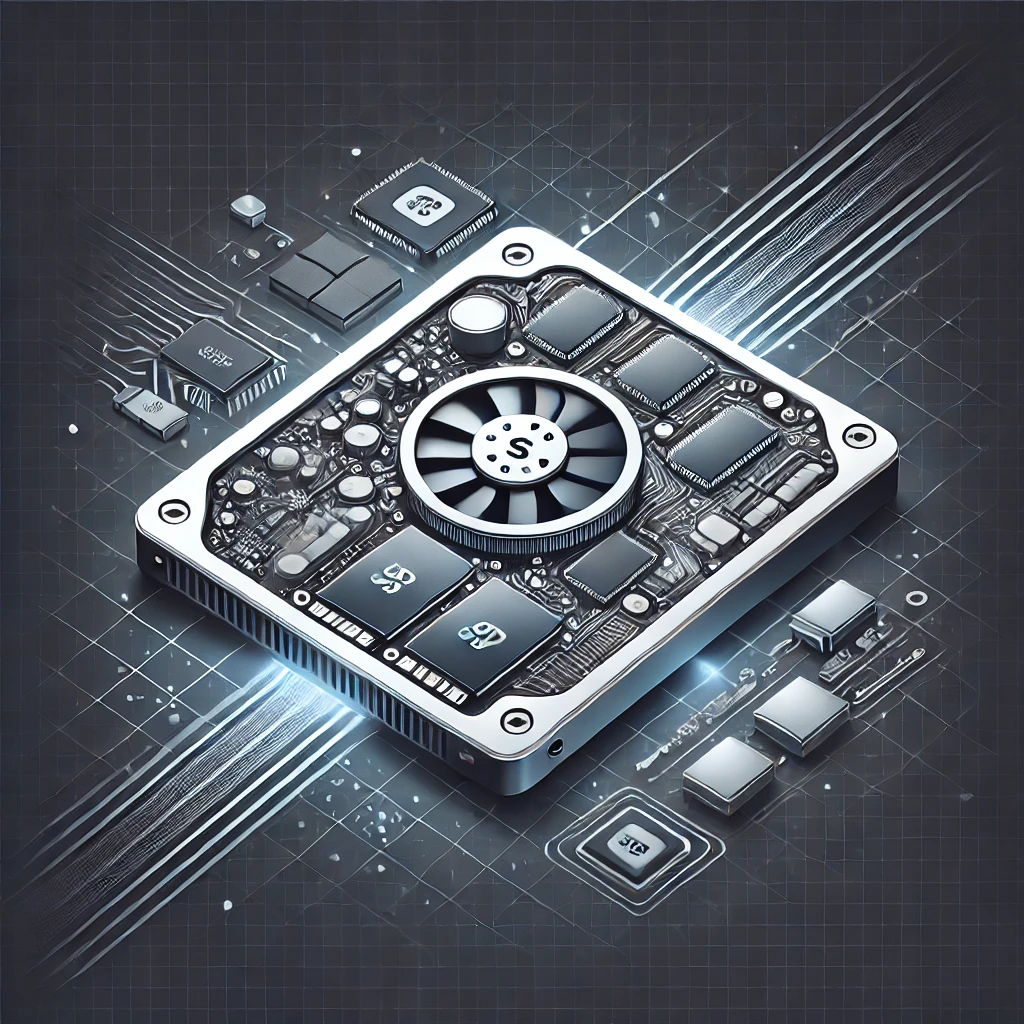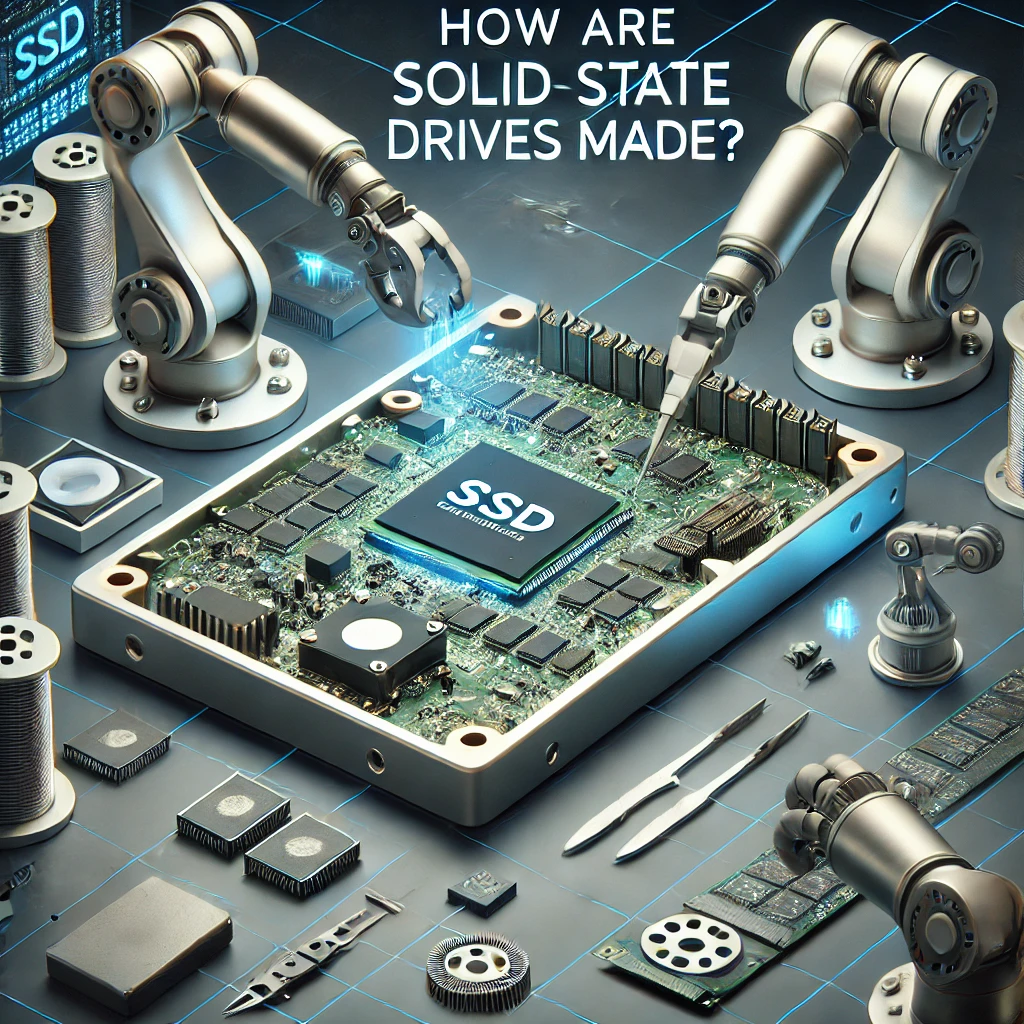What Does It Mean If A Power Supply Is "Common Slot"
Are you curious about the concept of a power supply being labeled as "Common Slot"? In this discussion, we will delve into the definition and function of Common Slot power supplies. We will examine the benefits they provide in terms of efficiency and flexibility, outline how to recognize them by their features and compatibility, and draw a comparison between Common Slot power supplies and non-Common Slot alternatives. By the conclusion of this article, you will have gained a comprehensive understanding of Common Slot power supplies, give the power toing you to make well-informed decisions when selecting a power supply that suits your requirements.
Understanding Common Slot Power Supplies
Slot power supplies are crucial elements in server hardware, crafted to improve efficiency, stability, and voltage regulation in a modular, hot-swappable form. They adhere to industry standards and allow for interchangeable use across various Hewlett Packard Enterprise (HPE) products.
Definition and Function
The Common Slot power supply unit (PSU) is a modular device that has been specifically engineered to efficiently distribute and deliver power to server hardware, ensuring its reliable and stable operation.
The modular design of Common Slot power supplies offers a high degree of flexibility when configuring power setups to meet the unique requirements of various server components. These power supply units can be easily installed or replaced without causing any disruption to the entire system, simplifying maintenance and upgrades. Their standardized form factor ensures compatibility with a broad range of server models, facilitating seamless integration and scalability. This modular approach enhances energy efficiency by optimizing power delivery to meet the diverse needs of various server components, thus reducing energy wastage and operating costs.
Advantages of Common Slot Power Supplies
Common Slot power supplies offer a range of benefits, including innovative features, a cost-effective design, and high performance. These qualities enhance the reliability and uptime of server infrastructure, making them a preferred option for efficient power management and easy plug-and-play installation.
Efficiency and Flexibility
Common Slot power supplies offer outstanding energy efficiency and flexibility, providing scalable solutions that ensure peak performance and smooth integration into various power configurations.
They are crafted to deliver consistent power output across a range of server models, making them versatile choices for data centers of all sizes. The modular design of Common Slot power supplies streamlines maintenance and upgrades, allowing for easy replacement without causing disruptions to operations. These power supplies come equipped with advanced features like remote monitoring capabilities, which ensure efficient management of power consumption and load distribution.
This level of adaptability and reliability positions them as crucial components for modern IT infrastructures that aim to optimize energy usage and operational continuity.
How to Identify a Common Slot Power Supply
When identifying a Common Slot power supply, one should examine specific features like modular power modules, high power capacity, and robust hardware compatibility. These attributes are all included in a user-friendly and industry-leading product portfolio.
Features and Compatibility
Common Slot power supplies are known for their modular power modules, tailored to meet system requirements and ensure compatibility with components. This contributes to the overall reliability and robust architecture of the system.
The versatility of these power supplies allows users to customize their configuration according to their specific power requirements. The modular design facilitates easy installation and maintenance, promoting system flexibility. Their compatibility with a wide range of devices and hardware makes them a popular choice for various applications.
Through the integration of advanced technologies, Common Slot power supplies optimize energy efficiency, reducing power consumption and minimizing heat generation. This ultimately extends the lifespan of system components. These features collectively enhance system reliability and ensure stable performance in diverse operating conditions.
Common Slot vs. Non-Common Slot Power Supplies
Key differences between Common Slot power supplies and non-Common Slot power supplies can be observed in areas such as power standardization, power requirements, energy consumption, and overall power quality. These differences play a crucial role in system management and operational efficiency.
Key Differences and Considerations
The primary distinctions between Common Slot and non-Common Slot power supplies encompass several key aspects, such as the ease of component replacement, enhanced power protection, fault tolerance, environmental sustainability, and efficient power budgeting.
Regarding component replacement, Common Slot power supplies present a more standardized method, facilitating swift and uncomplicated module swaps without necessitating a system-wide reconfiguration. Conversely, non-Common Slot supplies may demand more precise component matching, potentially resulting in extended downtime during maintenance procedures.
In terms of power protection, Common Slot units often come equipped with advanced features like surge protection and overload safeguards, offering elevated levels of security for delicate equipment. The fault tolerance of Common Slot power supplies is typically superior, featuring built-in redundancy mechanisms to ensure continuous operation even in the event of component failure.
From an environmental standpoint, Common Slot power supplies are purposefully designed with efficiency in mind, aiming to curtail power wastage and diminish the system's carbon footprint. By taking these factors into account, users can make well-informed decisions tailored to their specific requirements and priorities.








